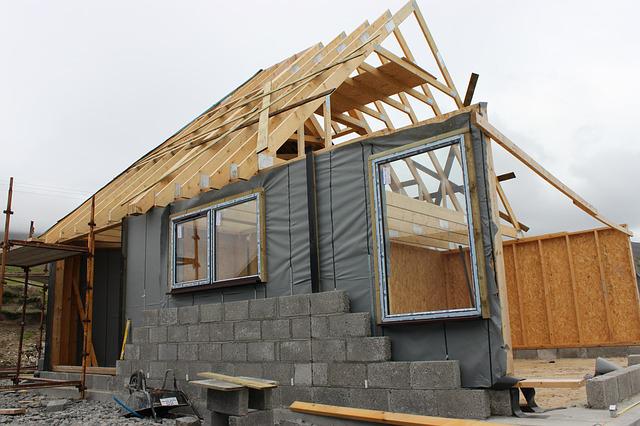Wood Houses in North America; Why not Concrete?
Wood has been traditionally favored for house construction in North America for several reasons:
- Abundance of Wood: North America has vast forests, making wood readily available and cost-effective compared to other construction materials like concrete.
- Ease of Construction: Wood is lightweight and easier to work with compared to concrete, allowing for faster construction times and flexibility in design.
- Insulation Properties: Wood naturally provides insulation, helping to maintain comfortable indoor temperatures and reducing energy costs.
- Aesthetic Appeal: Many people prefer the natural, warm look of wood over the cold, industrial appearance of concrete.
- Renewability: Wood is a renewable resource, especially when sourced from sustainably managed forests, making it an environmentally friendly choice compared to materials like concrete, which require significant energy to produce.
While concrete is also used in construction, particularly for larger structures or in regions prone to extreme weather or seismic activity, wood remains a popular choice for residential buildings across North America due to its many advantages.

Is it better to Build a house with concrete or wood?
The choice between building a house with concrete or wood depends on various factors, including:
- Location and Climate: In regions prone to hurricanes, earthquakes, or wildfires, concrete may offer better durability and resistance to such natural disasters. However, in milder climates, wood construction may be perfectly suitable.
- Cost: Wood construction is often more affordable than concrete, especially in areas where wood is abundant. However, the cost can vary depending on factors such as labor, materials, and local building codes.
- Construction Time: Wood construction generally allows for faster building times compared to concrete, which may involve longer curing times for foundations and structural elements.
- Energy Efficiency: Wood has natural insulation properties, which can contribute to energy efficiency and lower heating and cooling costs. However, concrete can also be designed with insulation features.
- Design Flexibility: Wood offers greater flexibility in architectural design compared to concrete, which may be more challenging to shape and mold into intricate forms.
- Environmental Impact: Wood is a renewable resource when sourced from sustainably managed forests, making it an environmentally friendly choice. However, concrete production can have a significant carbon footprint due to its high energy requirements and emissions.
Ultimately, the “better” choice depends on your specific needs, budget, and priorities. Many factors, including local building codes, site conditions, and personal preferences, should be considered when deciding between concrete and wood construction for a house.

Why aren’t more North American homes built from concrete?
Several reasons contribute to why North American homes are predominantly built from wood rather than concrete:
- Historical Precedent: Wood has been the traditional building material for residential construction in North America for centuries. This historical precedent has influenced construction practices and cultural preferences.
- Cost: Wood is often more cost-effective than concrete, especially in regions where timber is abundant. The lower cost of wood makes it a more attractive option for many home builders and buyers.
- Construction Techniques: North American construction industry has developed expertise and infrastructure around wood construction techniques. Builders are more familiar with working with wood, and there is a well-established supply chain for timber products.
- Flexibility and Design Options: Wood offers greater flexibility in architectural design compared to concrete. It can be easily cut, shaped, and customized to achieve various aesthetic and structural requirements, leading to a wider range of design options for homeowners.
- Insulation Properties: Wood naturally provides insulation, helping to maintain comfortable indoor temperatures and reduce energy costs. This is particularly advantageous in regions with varying climates.
- Zoning and Building Codes: Zoning regulations and building codes in many North American jurisdictions are tailored to wood construction. While concrete construction is certainly feasible and used in some areas, the regulatory environment often favors wood.
- Cultural Preference: There is a cultural preference for wood in residential construction in North America. Many homeowners appreciate the warm, natural aesthetic of wood and its association with traditional craftsmanship.
While concrete construction is utilized for certain types of buildings and in specific regions, the combination of historical, economic, cultural, and regulatory factors has contributed to wood remaining the predominant material for residential construction in North America.

